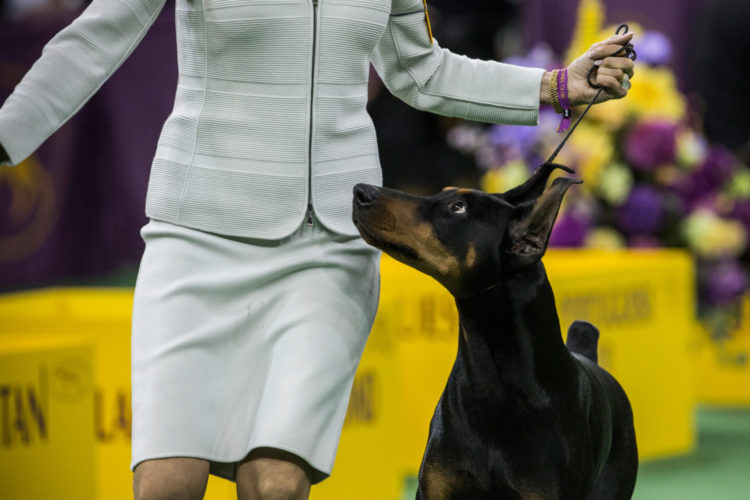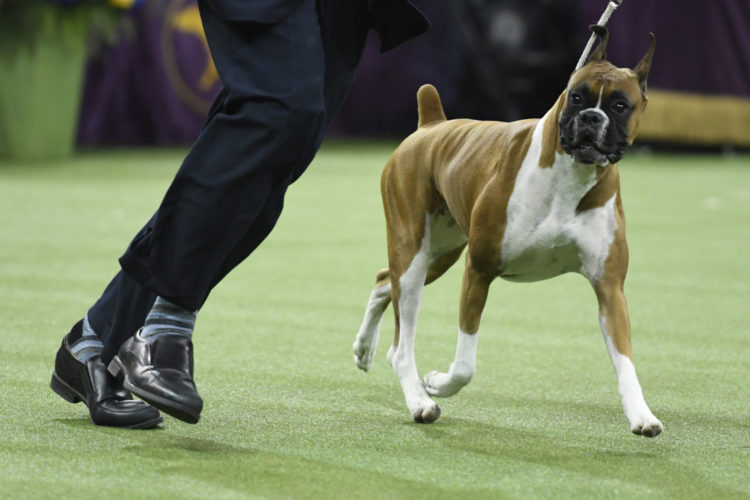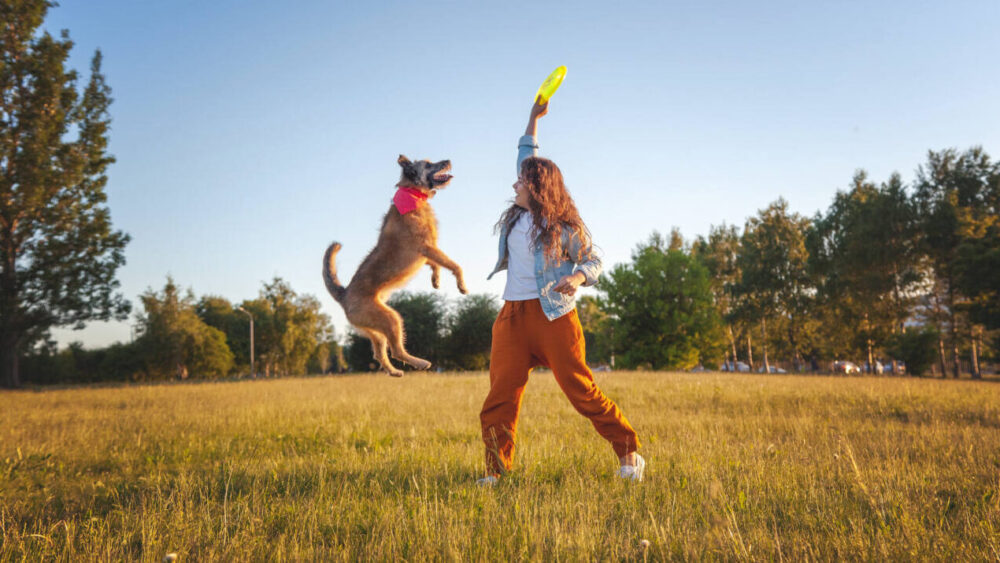Here are the reasons you should never cut your cog’s tail or ears

- May 3, 2019 |Last updated on 04/15/2024
Picture a Doberman pinscher. You’re likely thinking of an athletic-looking dog with a sleek coat, perky ears and a short, nubby tail, right?
But did you know that Dobermans naturally have floppy ears and a loopy tail? They are among the dog breeds that are customarily docked and cropped — meaning their tails and ears are cut to conform to breed standards.
In recent years, the practice of cutting dogs’ tails and ears has been lambasted by the American Veterinary Medical Association (AVMA) as a cosmetic practice that needs to be done away with. The American Animal Hospital Association is also opposed to docking and cropping. Many veterinarians classify the practice as unnecessarily painful, and in 2009, Banfield Pet Hospitals announced it would no longer perform ear cropping or tail docking.
However, the American Kennel Club (AKC) remains a staunch proponent of ear cropping and tail docking, arguing it helps preserve breed characteristics and promotes good health. As recently as 2021, the AKC was encouraging California dog owners to fight a resolution introduced by the California State Assembly that would ban veterinary surgical procedures that are not intended to treat physical health conditions or injury. This would likely include cosmetic surgical procedures, such as tail docking and ear cropping.
Here’s what you need to know about cropping and docking, including why it’s supported by the AKC, as well as the arguments against these procedures.
Why Does the AKC Support Cropping and Docking?
The AKC recognizes 20 breeds with cropped ears, including Doberman pinschers, Boston terriers and great Danes. They argue, for example, that boxers have served as seeing-eye dogs and guard dogs and that cropped ears enhance the breed’s hearing. Historically, Brussels griffon helped catch vermin, and cropped ears apparently helped them avoid harmful bites while cornering rats.
Sixty-two AKC breeds — including Rottweilers, cocker spaniels and Yorkshire terriers — have docked tails, though the length of the tail that is removed varies by breed. The AKC makes the point that a docked tail on a terrier is stronger, which could help owners easily pull burrowing dogs out of holes. Tail docking, according to the AKC, happens shortly after birth, when the puppy’s nervous system is not fully developed, meaning the puppy feels little to no pain.
Concerns About Docking and Cropping
The AVMA (along with veterinary organizations in Canada, Australia and the U.K.) opposes ear cropping and tail docking of dogs when done solely for cosmetic purposes, and encourages the elimination of the procedures from breed standards.
Here are some of the major concerns about cropping and docking, according to the AVMA and the research (or lack thereof) that it cites:
- There can be complications with ear cropping surgery: Cropping should be carried out under full anesthesia, according to the AVMA, and there are associated risks when a dog goes under for surgery. Also, dogs will experience discomfort while they are healing from the surgeries. There is potential for complications, as cropped ears can become infected. They may also fail to stand or have a distorted shape, which could just mean more surgeries are in order.
- There is no evidence ear cropping improves a dog’s health or hearing: It’s been argued that dogs with cropped ears are less likely to suffer from ear canal infections and that it can improve hearing. However, there’s no evidence to substantiate these claims, according to the AVMA.
- Tail docking is painful: Surgically amputating a dog’s tail is painful, the AVMA argues, and there’s the potential for chronic pain to develop. Potential complications include excessive bleeding and infection.
- Tail docking can cause chronic health issues: Dogs of breeds that are typically docked have a higher incidence of incontinence, according to the AVMA. However, the association notes, it’s not clear whether this is linked to the surgery or the traits in the breed. Also, docking could lead to less developed muscles near the tail.
- Tail docking is only cosmetic: There has been no evidence showing that dogs gain self-esteem or pride from having their tails docked. Any “benefit” is purely for humans. “There’s no obvious benefit to our patients in performing this procedure,” the AVMA says.
In short, dogs can and do suffer when having their tails docked or ears cropped; absolutely nobody suffers from a ban on these procedures.
Are These Procedures Legal?
Tail-docking and ear-cropping procedures are illegal in many parts of the world, including the United Kingdom, Australia, New Zealand, Brazil, South Africa, all Scandinavian countries and most European countries.
In the United States, ear cropping and tail docking remain legal, though Maryland and Pennsylvania have regulations surrounding the timing of the surgery and requiring it be done under anesthesia. Some states have measures in place to regulate ear cropping, though these basically boil down to requiring the procedure to be performed by a person with a veterinary license.
And the penalties for violating these measures are not steep. In Massachusetts, for example, if a non-veterinarian mutilates a dog’s ears, they will merely face a $250 fine.








